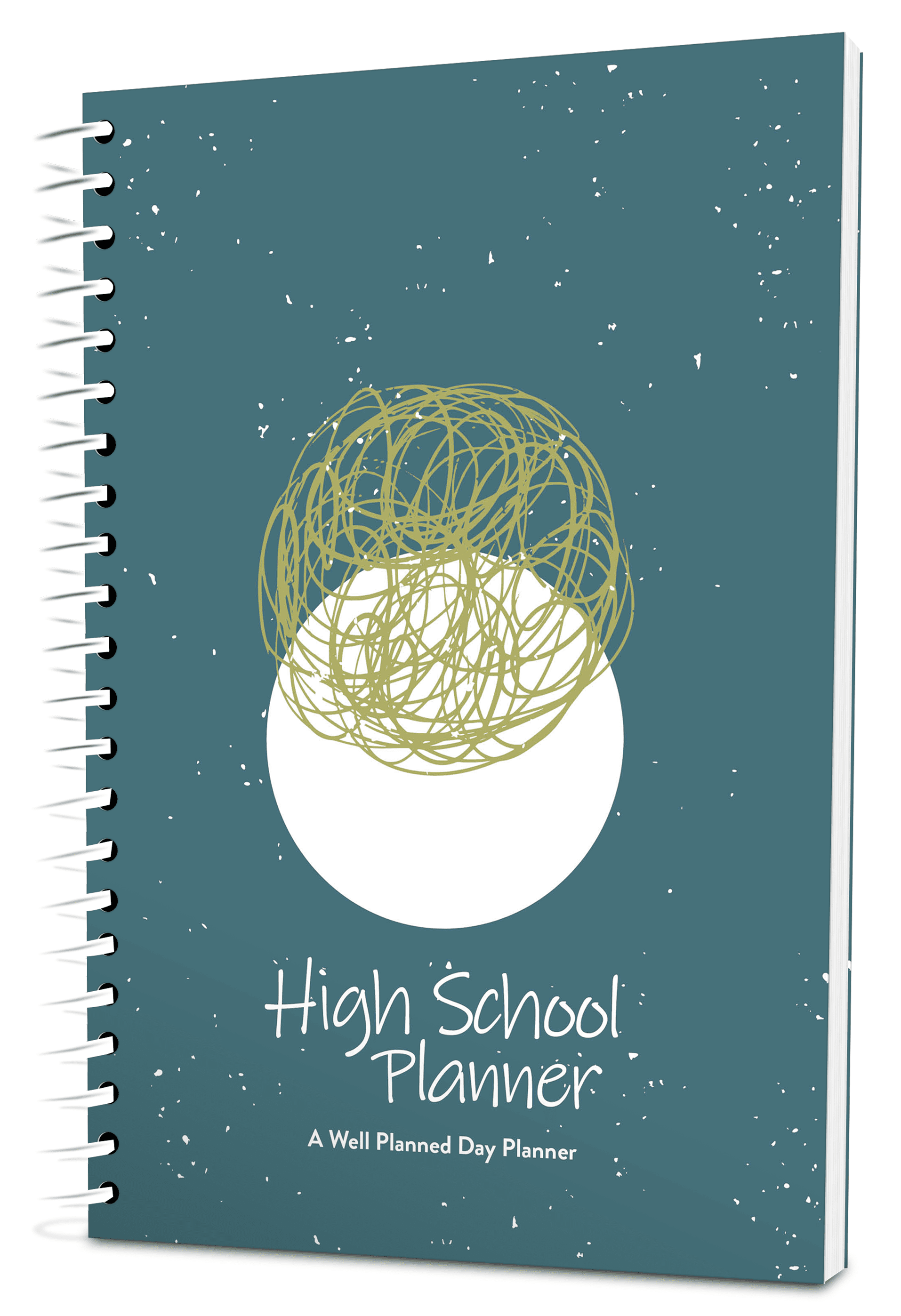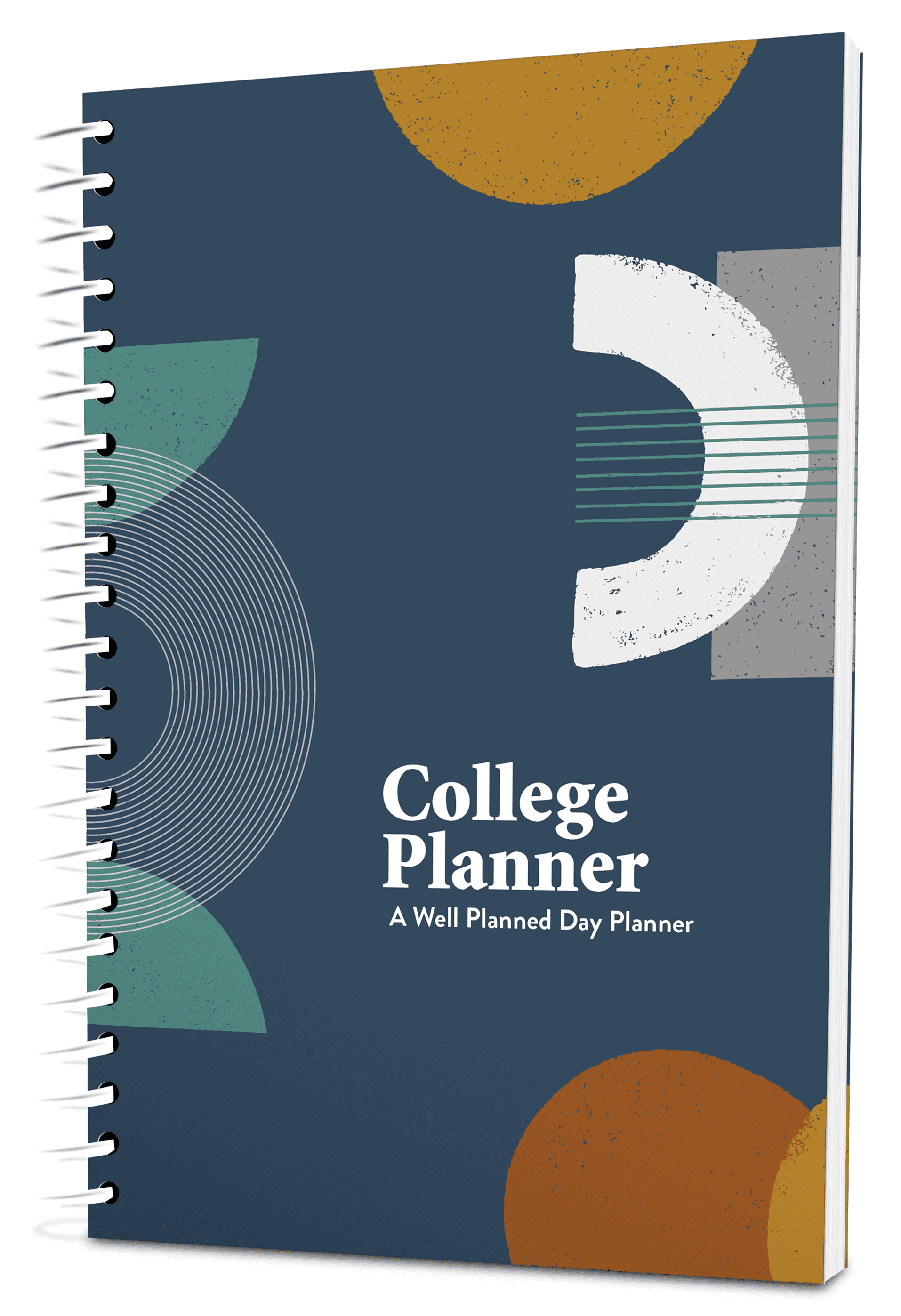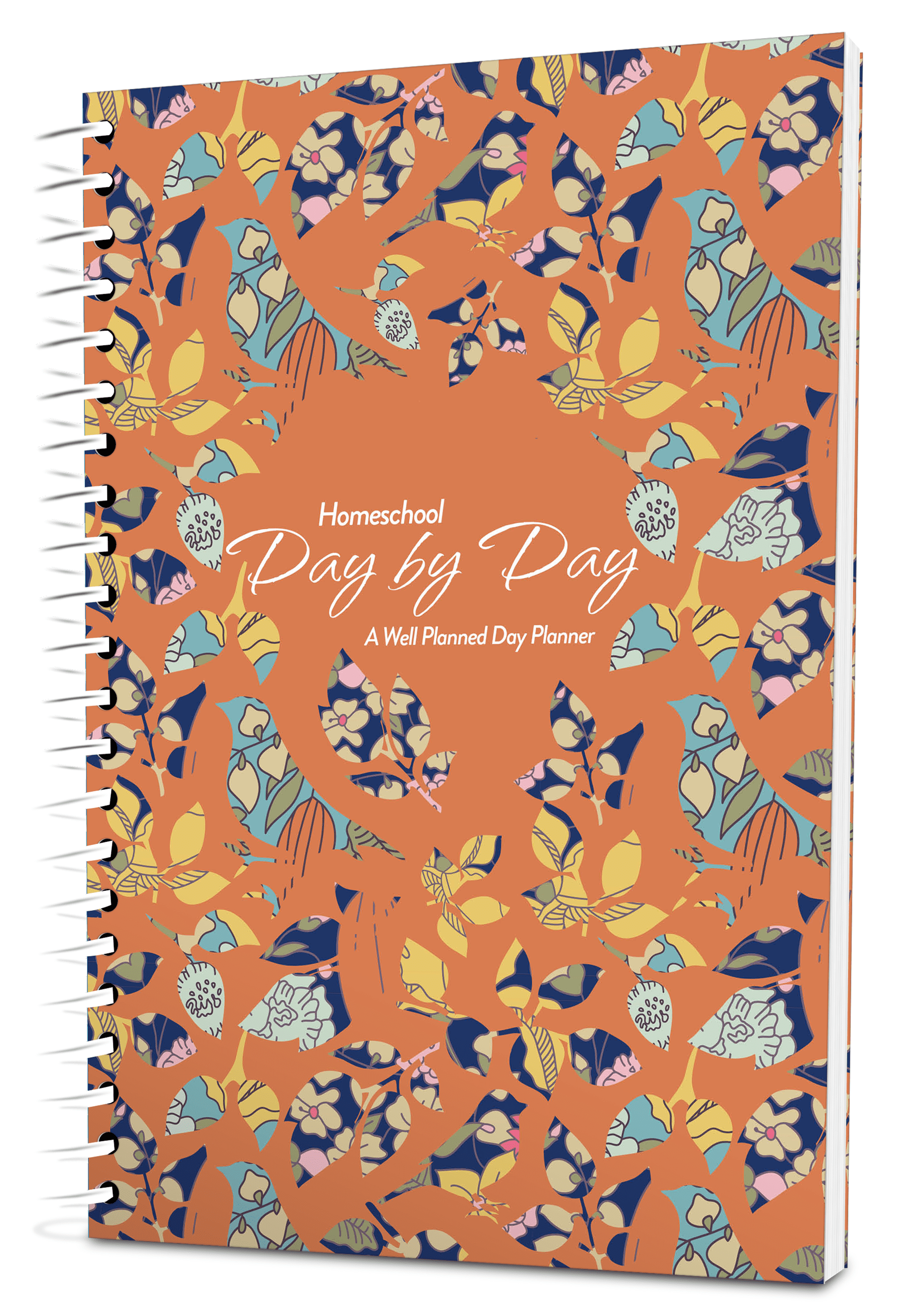How Do I Teach Multiple Ages?
Do you remember reading about the old-fashioned one-room school house? Children of all ages filed into a single room each day, arranged in desks according to their levels. Now such schools seem foreign in an age where children are divided by age and grade on a regular basis. But, not only is teaching multiple students possible, it is also, in many cases, advantageous to both teacher and students.
Points to Ponder
Here are a few thoughts to consider when teaching multiple children.
Thematic Teaching
Teach according to time periods or thematic blocks. Pick a time period or theme and find books, resources, and activities that work for each individual age. Then, seek a read-aloud that fits your time period or theme, and come together as a family to dive into a great story that brings all of the studies into perspective. Resources like Well Planned Lessons organize all of this for you to make this approach even easier!
Teaching Tools
Use tools such as lapbooks and notebooking that incorporate a wide variety of learning approaches. Encourage younger children to collect and draw pictures while older children write a paragraph. Tools such as these make it easy to tailor assignments to different age levels.
Big & Little Helpers
Allow older children to help younger children. This even works when your oldest is still very young. A six-year-old can play games with the toddler (both learning through play, which is ideal at both ages!) while you enjoy read-aloud time with the four-year-old who really wants to “do school.” Later, a teenager can run through math drills with a younger sibling while you teach new concepts to a third child.
Independent Work
Don’t be afraid of independent work. It is entirely possible to use age-appropriate curriculum for each child rather than combining all of your children as mentioned in earlier points. But, in order to accomplish this, you must first teach your children to work independently. Set aside 45 minutes to an hour for one-on-one instruction with each child. Allow the rest of the time to be independent. This method works best after most of your children have become independent readers.















